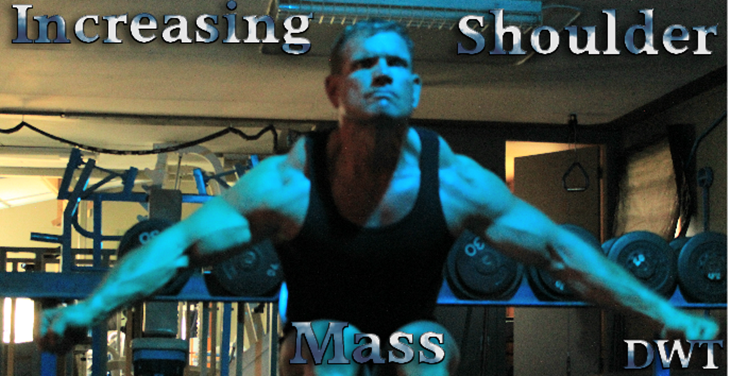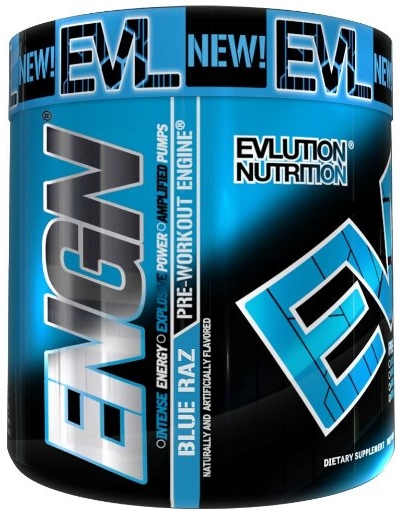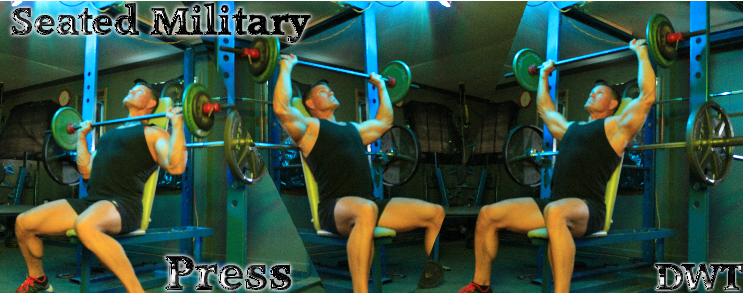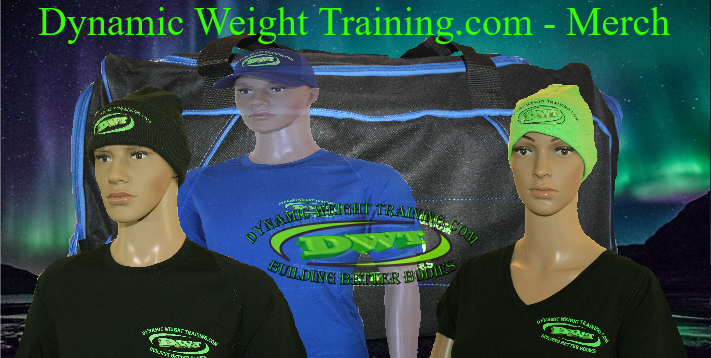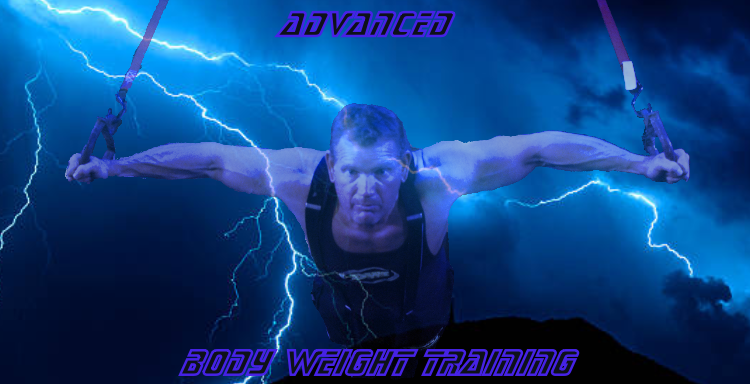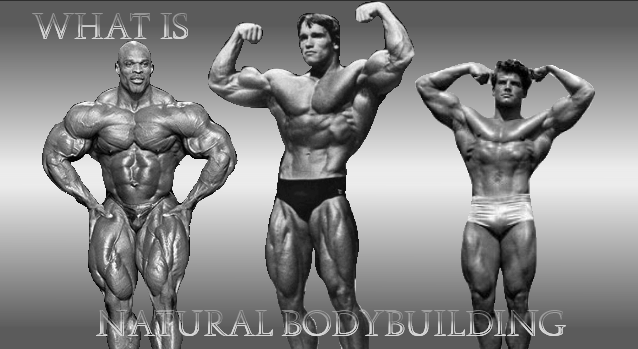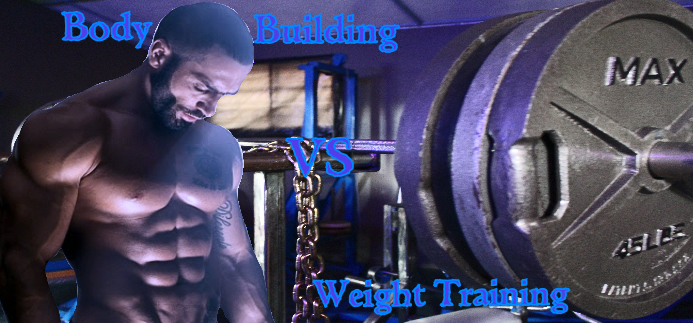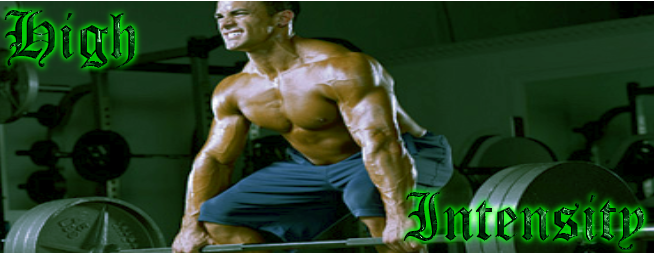The Art Of Increasing Shoulder Mass
Increasing shoulder mass in the front and rear Delts visually holds the greatest extreme upper body impact, by setting the tone for how the upper body will appear in and out of clothing. No matter how hard you train and increase other body parts will they compare to the width of a fully developed set of shoulders.
In this article I break shoulder training into two separate categories. First: we'll look at shoulder anatomy, exercise strategies and how the word (heavy), applies to shoulder training. Second: how to relate resistance to your shoulder training to prevent injury.
Large well sculpted cannonball shoulders set the stage for how you are going to be looked at and perceived.
The Hidden Enemy In Developing Shoulder Mass
What do I mean by enemy? Many articles written on shoulder training get taken out of context, as I’ve said; no other muscle group will have the width of the shoulders once their fully developed.
Reading articles like; “build massive shoulders in six weeks” or “five giant exercises to build massive shoulders”, are meant to catch your attention and sell magazines nothing more. I hate to burst a bubble, but...
Big, broad shoulders are not built in a few weeks or months, this can take several years of the right exercises with very dedicated disciplined work to achieve…
So why does it take so long?

It takes time for the muscle and connective tissue to strengthen and become conditioned to shoulder training, I'll go deeper into this further down.
As impressive as the shoulders can be built up to - they're also very vulnerable and a frequently injured body part on the male anatomy.
Lots of
young guys starting out training shoulders reading headliners like the ones mentioned above find out the hard way: injuring their shoulders from minor damage to major
tears, can quickly end the career of many aspiring weight lifters and
bodybuilders.
The three biggest culprits for causing this are:
First: sometimes the ego struggles and does not want to be outdone by other male lifters in the gym; men can have tenancy to habitually lift to heavy on shoulder day for their level.
Second: not warming up and choosing the wrong exercises with poor lifting form is another.
Third: gravitating towards cable machines and high-volume training routines will not likely yield your goal related results for increasing shoulder mass.
Choosing The Right Exercises For Your Lifting level
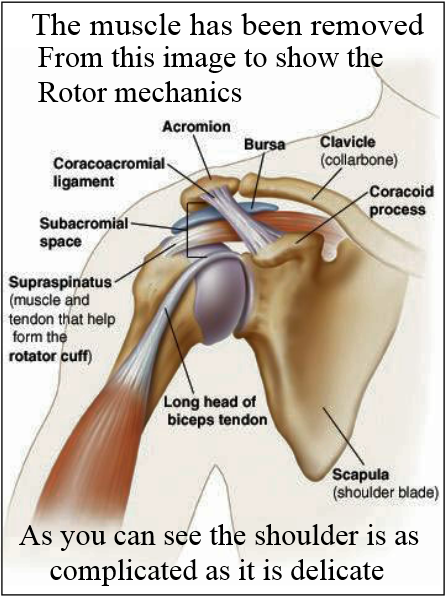
The reason the right exercises should be focused on for your lifting level are simple: the shoulders are the sum of many components and structured around the rotor cuff.
This means: it’s a ball and socket style joint, because of its location it sits vertically at the very top-outside-edge of the upper body and can be easily injured; it’s imperative that a proper warm-up should be structured into your shoulder workout.
Shoulder injuries are not necessarily always like other body parts, often taking much longer to heal because of their range of motion and use in everyday movements.
Another nagging factor in an injury is: the weight of the entire arm is supported by the shoulders, only adding to the stress and aggravation of a shoulder injury.
70 to 80%-of your lifting exercises should be focused on simple, pressing compound movements. That’s right, barbells and dumbbells. There is nothing fancy or hidden behind the walls of increasing shoulder mass mysticism here, just old-fashioned, bare-bones heavy movements.
Having said that: this is where some of the confusion comes in: the word heavy gets taken out of context.
Reading articles that promise big gains in short time frames or watching other seasoned lifters perform endless shoulder exercises and mimicking them may not always yield the same results in the goal of increasing shoulder mass.
Can The Ego Get in The Way For Beginners
The ego can sometimes get in the way of great training progress: all too often I see younger guys trying to hard and often neglecting to warm-up the shoulders properly-devaluing form and exercise performance.
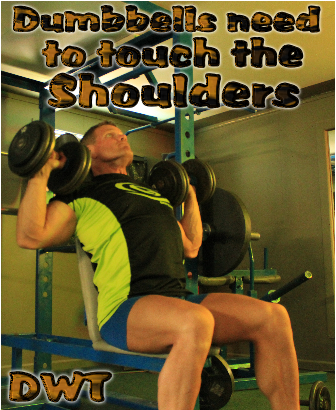
At Dynamic Weight Training, we try to focus on full range of motion effort, keeping the weight and form in line with the goal; builds better injury free bodies Period!
E.g., if you take seated dumbbell presses as an example: notice, there performed with the dumbbells being lowered to the shoulders, not halfway down from a full press.
There are two reasons for this:
One is: you increase the range of motion that all muscles need to increase in size, adding deeper fibre recruitment over a wider area of each motion.
Second: this might mean you won't be able to use as much weight, but... results in you being able to keep your form strict, while reducing the risk of cheating through a heavier movement that the shoulders simply cannot handle.
Strength and bigger shoulders are built over time, speed and injury happens in mere seconds, poor form from misjudged resistance used against what the force of the shoulders can handle, often ends the same way.
I've suffered shoulder injuries, some of them nasty as a result... Think about a full range of motion here guys, this keeps the ego in check, your results go up and injuries go down.
How Heavy For Increasing Shoulder Mass?
If you train heavy, but keep your form strict in relation to the weight, increased shoulder mass should be evident in or out of clothing.
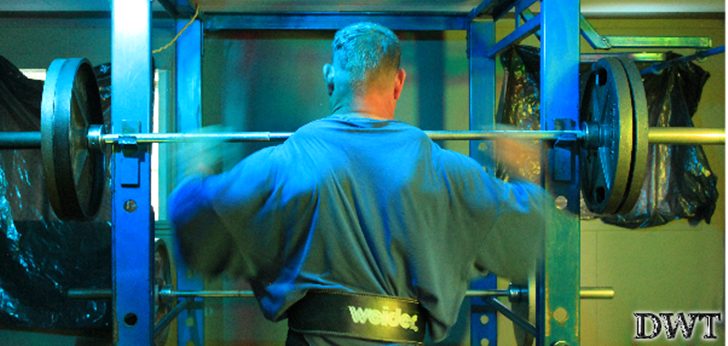
Heavy: is a factor determined solely by your lifting level!
If you’re relatively new, or have been weight training for a year or more, the main focus for increasing shoulder mass should be handled intelligently...
if you’re committed to this new goal; heavy should imply what you can handle, for 75 to 85% of your (one rep max), for 5 to 8 repetitions.
Let’s look at the different steps that mechanically and anatomically have to happen for all male lifters to increase shoulder mass.
1. Slowly begin by increasing strength: increases in muscular size are a by-product of increasing strength.
2. Strength is best increased with compound exercises, sitting and standing with barbell and dumbbell movements.
3. The reason barbells and dumbbells have some superiority to machines for building mass is: the central nervous system builds stronger neural processing bridges to stabilize and coordinate against free weight movements.
4. Good lifting form in exercises like pressing, cleans, side laterals or upright movements, and controlled over a full range of motion is Paramount. Avoid the use of momentum eg., heaving, swinging or swaying your lower back.
5. If the weight is too heavy to press cleanly for 5 to 8 repetitions, (This is a warning) reduce resistance to stay in the target rep range.
Increasing Shoulder Mass and Strength As a Beginner
If you’re a beginner, or in the early phases of increasing shoulder mass and strength, every shoulder workout needs to start with a decent warm-up!
These can be; shoulder rotations such as: 10 or 15 full rotations (each arm), forward and in reverse.
15 or 20 reps of floor or bench-press push-ups.
2 sets of seated Smith machine presses, 50% of your (ORM), aim for 10 or 15 reps at this weight. The machine should help you keep your form tight while warming-up the rotor cuff and connective tissue of the rear Delts.

You’re first sets for shoulders should be 60 to 70% of your regular working weight. Example: if you’re performing overhead barbell presses and you can normally press 75 pounds for 8 or 10 reps before failure, aim for 45 - 55 pounds for this rep range with strict form.
This gets the shoulders attention for the sets and reps to be performed in the coming exercises.
Four to six sets of compound shoulder movements for an early beginner is an ample work load to help strengthen and condition the overall shoulders.
If you’ve been training shoulders regularly 1 - 2 times a week, for 4 to 5 months or more, and your shoulders can handle the extra work load, you could try adding an extra set or two, as your strength and conditioning allows.
Advancement In Increasing Shoulder Mass
If you find your shoulder development is lagging, or maybe it's just not where you’d like to see it, a full assessment of the front, lateral and rear Deltoids should be a priority at this point.
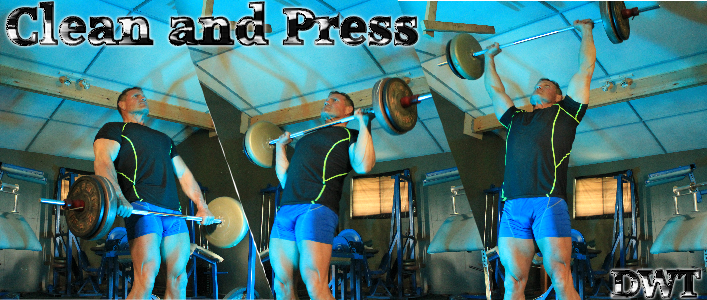
The Clean and Press is one of the best all-around, overall, front and rear Delt building movements - hands down one of the best exercises for increasing shoulder mass.
One of the biggest problems for most senior intermediate and advanced level lifters is: most guys spend lots of time doing lots of flat, incline and decline barbell pressing work to develop the mid and upper pectorals, which in turn develops front Deltoid mass.
This can become a problem at this point, where the front Delts simply overpower rear and lateral shoulder development.
Most shoulder pressing and lateral movements will help alleviate this problem, these exercises are designed to help round out overall shoulder mass and the strength curve of the shoulders.
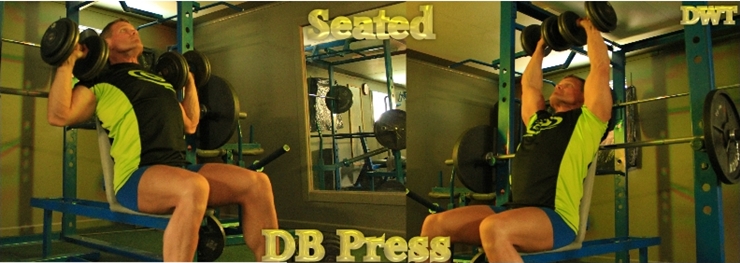
Seated DB press: this is another variation of a bilateral shoulder press movement, this isolates the shoulders slightly from standing barbell movements, but...
the stabilizing effects from handling dumbbells, as opposed to a barbell, adds variation and greatly increases shoulder fibre recruitment.
Seated military press: this is another great variation of a military press, this exercise really stimulates the mid-and rear Deltoids. A full range of motion with a weight you can handle keeping reps somewhere in the 6 to 8 range, of four or five sets are a solid shoulder mass builder.
Prioritizing with the proper exercises, rep and set ranges with lots clean and press, military press and seated dumbbell presses should make up the majority of exercises for overall Deltoid mass.
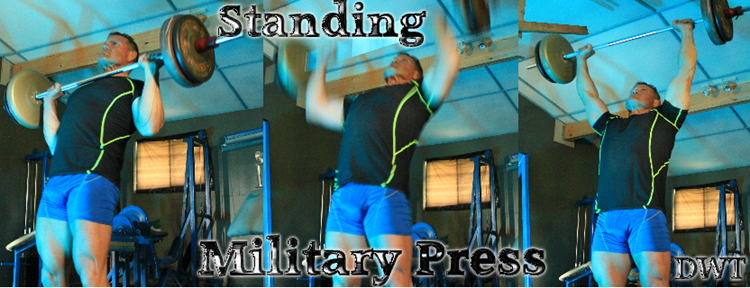
Standing military press: this exercise is a common derivative of the clean and press-without the clean. A great unilateral exercise that focuses on size and thickness for developing cannonball shoulders. This exercise is to shoulder development what the squat is to leg training. Most of the stress will be felt on the mid-and rear Delts in this exercise.
These
exercises, along with a few well-placed isolation exercises like seated or standing laterals should bring
noticeable improvements to the overall width, thickness and definition of your shoulders.
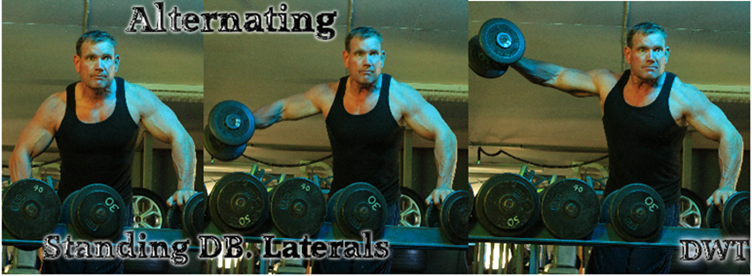
Standing DB laterals: allows you to use heavier poundage's. Stay focused on the movement of each rep. Try not to swing or heave the weight up into the air, feel the muscles contract at the top before releasing the dumbbells under control to the starting point.
6 to 8 reps with 3 to 4 sets of this exercise, training shoulders with the priority of 4 to 6 times each month and really feeling the movements will go a long ways to increasing medial Deltoid shoulder mass.
Seated shoulder lateral raises: Because this lateral movement is performed simultaneously with dumbbells does put the lifter at a mechanical disadvantage, but... it really hits the lateral heads along with some assistance from the Trapezius muscles.

The amount of resistance you can use in this exercise is limited and not necessarily, a good choice for increasing shoulder mass, helps isolate, develop and define the lateral and rear shoulders.
This is a great exercise for sports conditioning, and rounding out your lateral strength curve.
Increasing Shoulder Mass at the Senior Intermediate level
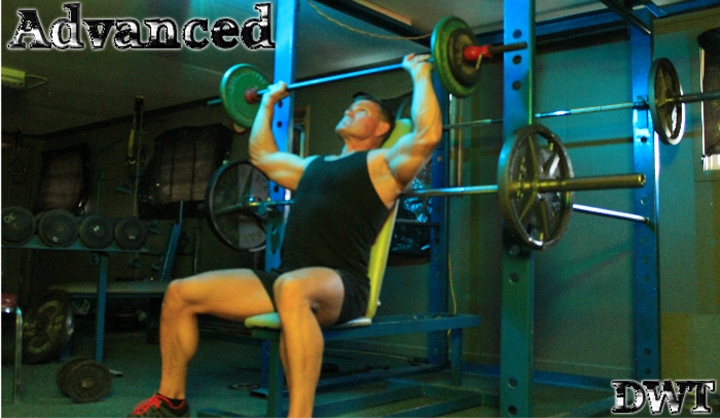
If you’re a senior intermediate weightlifter/bodybuilder, your set ranges and intensity need to be geared towards your goal as long as it’s realistic.
If you have been training shoulders consistently, 1 - 2 times a week and have been at it for around the one year mark, you could try moving your set range into the 7 to 9 range.
On days your strong, you could add one more set to this if you feel you need it, as you’re arriving at the eighth and ninth set range, your shoulders should really be feeling the fatigue from the exercises, if you’ve kept the intensity up.
Try to stay consistent with 80 to 85% of your (ROM), “one rep Max”. On other days you can try shortening how many overall sets you perform, but add resistance to the intensity of each set.
You can also increase intensity within your sets by performing two movements, one after the other, such as: super-sets. Or another favourite - drop sets, especially on shoulder and back day.
You can also add intensity to the shoulders by flexing them between sets...
Holding your arms out to the side and contracting for as long as you can stand it, this hits the lateral Delts, pulling the shoulders back with arms held out to the side will emphasize a strong rear delt contraction; practice this and you will notice new definition in your shoulder development.
Concluding increasing shoulder mass:
This article with the photos in it, may seem straightforward and relatively easy, keeping your form strict, not allowing your focus to shift to your cell phone, female distractions or the never ending drama of life, is anything but easy.
Try to always warm up your shoulders. I can only share with you my experiences of not warming up enough, developing chronic problems with shoulders sucks!
I have survived surgeries and therapy to say the least; I still enjoy training chest and shoulders, but some days are harder than others.
The nuts and bolts of increasing shoulder mass are relatively simple, meaning: the compound basic exercises develop strength, which develops mass, there are three heads to the Deltoids, always focus on the weakest ones first!
For most guys naturally the rear deltoids or posterior are the weakest.
But for you, it may be the lateral or the front anterior heads.
Every other shoulder workout have a look in the mirror and be realistic with your assessment of your shoulder development and where it’s going, take photos in the form of selfies or have a friend do it from the rear as you flex to make an accurate assessment.
As I’ve said if you’re focusing on increasing shoulder mass: prioritize with the weakest areas first. Change the intensity, the exercises, rest intervals, resistance levels, vary your tempo and speed on certain exercises. Above all match your shoulder training intensity to the goal you set out for yourself and build those cannon balls.
DWT
